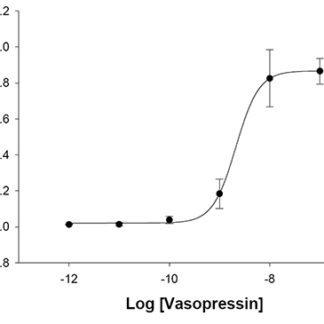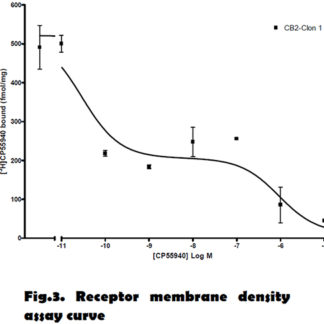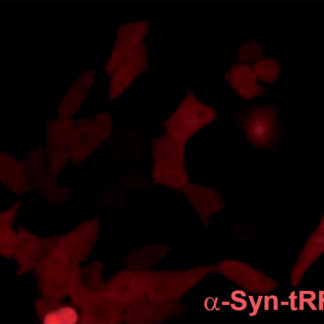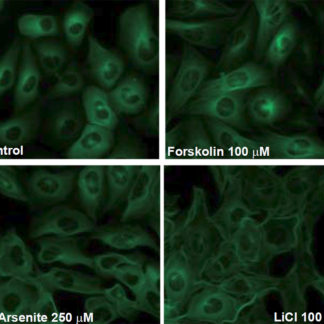Description
SARS-CoV-2 Spike V367F mutant Cell Line stable expresses SARS-CoV-2 Spike Glycoprotein encoding a V367F mutation. Coronaviruses (CoVs) infect human and animals and cause varieties of diseases, such as respiratory, enteric, renal, and neurological diseases. V367F mutant displayed higher binding affinity to human ACE2, likely due to the enhanced structural stabilization of RBD beta-sheet scaffold (Ref. 1).
SARS-CoV-2 uses its spike glycoprotein (S), a main target for neutralization antibody, to bind its receptor, and mediate membrane fusion and virus entry. It uses hACE2 to enter cells, correlating with the efficient spread of SARS-CoV-2 among humans. S comprises two functional subunits responsible for binding to the host cell receptor (S1 subunit) and also fusion of the viral and cellular membranes (S2 subunit). SARS-CoV-2 Spike Glycoprotein Cell Line allows the study of SARS-CoV-2 spike/ ACE2 interaction in cell-based assays.
SARS-CoV-2 Spike V367F mutant Cell Line, developed stably transfecting HEK293 cell line with a SARS-CoV-2 Spike V367F mutant expression plasmid, provides consistent levels of expression of human SARS-CoV-2 Spike V367F mutant in cells surface. Each vial of cells contains more than 3 million viable cells stably expressing SARS-CoV-2 Spike V367F mutant with hygromycin resistance gene.
SARS-CoV-2 Spike V367F mutant Cell line is ready to use in cell-based assay applications. This cell line also allows to establish in vitro models for High Throughput and High Content Screening.







Reviews
There are no reviews yet.